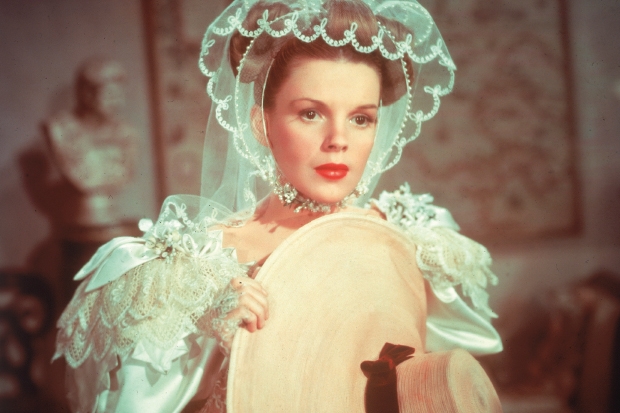They’ve already found a cure for the common cold. It’s called Technicolor. My first dose of it came during the Christmas holidays when I was about 12. There I was, ailing and miserable, when The Adventures of Robin Hood (1938) came on the television at the end of my bed. Nothing had prepared me for this. A Sherwood Forest that was aflame with green. Clothes that shimmered purple and blue. Olivia de Havilland’s oh-so-cherry lips. Under two hours later I cast off the duvet and leapt from the fug. The sickness had gone.
I now know that this medicine, Three-strip Technicolor, was a revolutionary process, the first to properly mix the three primary colours of light — red, green and blue — so that film could capture all of the colours in nature. From this technique came movies such as The Wizard of Oz (1939), Meet Me in St Louis (1944) and Singin’ in the Rain (1952). It’s responsible for that hyper-saturated look we now associate with almost an entire era of cinema. It intensified colour, making nature appear preternatural.
Technicolor Motion Picture Corporation filed its start-up papers in Maine on 18 November 1915, 100 years ago this week. They weren’t the only innovators in colour cinematography — let alone the first. Experiments with tinting film and with projecting it through filters had begun in the late 19th century. This new company would have to struggle past the competition, as well as the vicissitudes of the economy and of taste, to be remembered as it is.
Technicolor’s incorporation date is a useful marker, but technological advancement doesn’t really celebrate birthdays. It was three years earlier that an investor went to Herbert Kalmus, Daniel Comstock and W. Burton Westcott seeking their advice on a smoother form of motion-picture projection.








Comments
Join the debate for just £1 a month
Be part of the conversation with other Spectator readers by getting your first three months for £3.
UNLOCK ACCESS Just £1 a monthAlready a subscriber? Log in